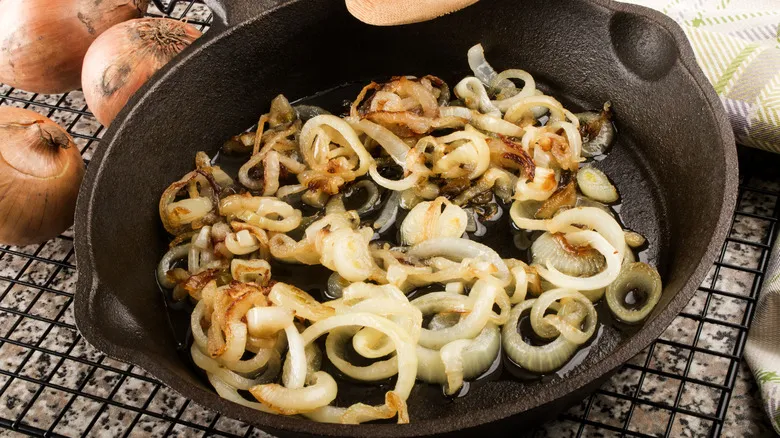Onions pick up and remove fond from pans
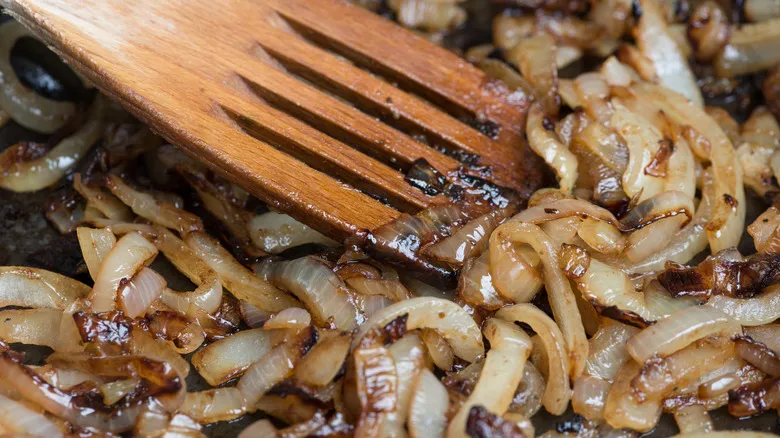
You know that crusty, gunky residue that builds up on your cast iron? Even with the best care and intentions, if you use your pan frequently, it will inevitably develop some imperfections on what should be a shiny surface. Sometimes, you can easily scrub it away with a scrubber and a bit of salt for added abrasiveness. However, when those stubborn bits (technically known as "fond") refuse to budge, slow-cooked onions can come to the rescue.
Why does this work? As the onion slices cook down slowly, they absorb the fond and lift it off the pan's surface, restoring its glossy finish. Onions are great for cleaning due to their natural acidity — you can even use half an onion to clean a grill. While they work their magic on your cast iron over about 50 minutes, the flavor they develop is an added perk. Fond can be a nuisance when it's stuck to your pan, but it also has its advantages. If you've ever encountered a recipe that instructs you to deglaze the fond, you know how incredibly flavorful those bits can be, enhancing stocks and sauces with rich taste. So, rather than scraping it off and discarding it, consider it a valuable ingredient in your cooking.
Practice good food safety and don't consume old fond

Don't be misled by the many misconceptions about cast iron skillets – you can indeed use metal utensils with them, and cooking at high temperatures is perfectly safe. One significant advantage of using cast iron skillets is that they can release small amounts of iron while cooking, which can enhance your diet with this essential mineral that many people lack. Additionally, if you're worried about the health risks associated with chemicals in Teflon-coated non-stick cookware, cast iron is free of such chemicals and still offers a non-stick surface that you might even prefer.
However, it's important not to undermine the health and cooking benefits of cast iron by neglecting food safety. If you're trying to clean out old fond from your pan, be cautious about eating the onions – they can absorb that flavorful residue, which may also harbor harmful bacteria if left out for too long. This advice is best applied to a pan you've just used and need to clean, so prioritize your health. Remember to wash your pan thoroughly after cooking, then re-oil and heat it up – this is a vital step for properly seasoning any skillet, whether it's new or well-used.
Recommended
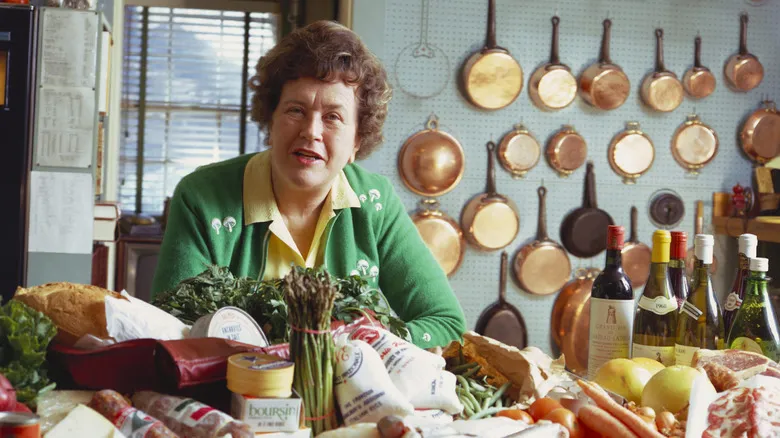
How Julia Child Elevated Her Tuna Salad Sandwiches
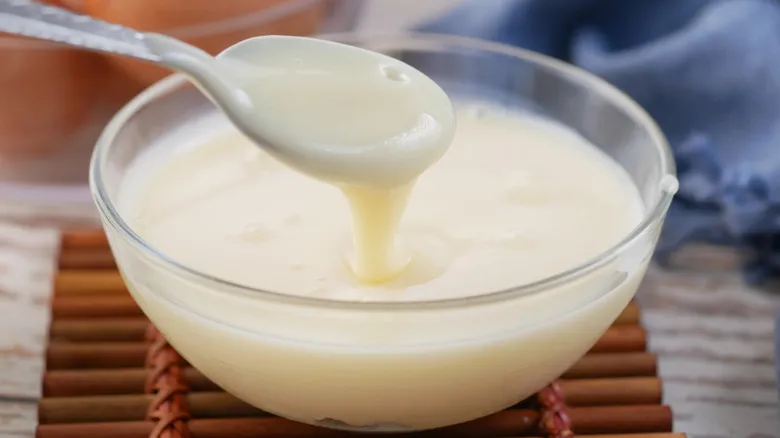
2 Easy Swaps For Sweetened Condensed Milk In A Recipe
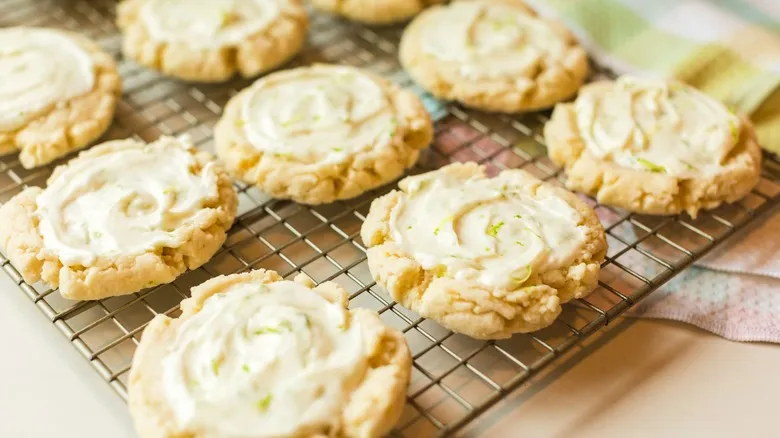
The Simple Swap You Need When Your Cooling Rack Is Out Of Commission
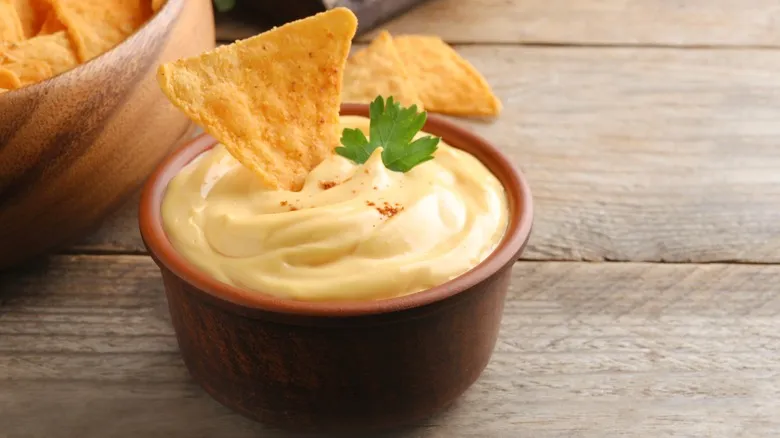
Irresistible Nacho Cheese Sauce Comes Down To One Special Ingredient
Next up

